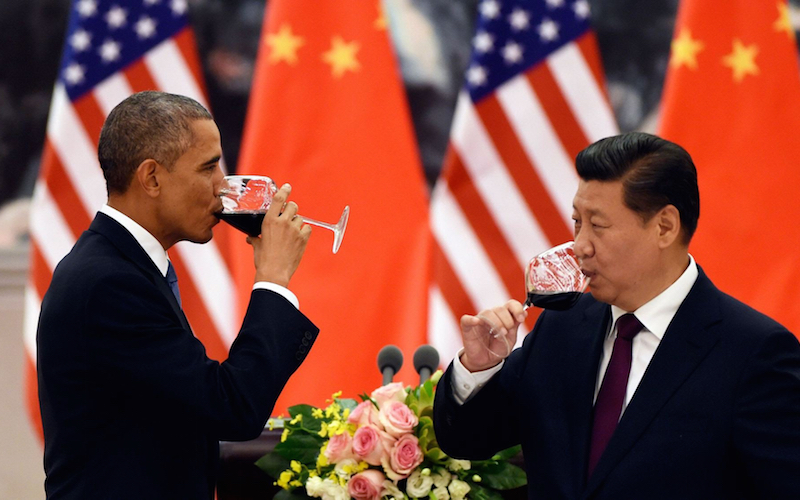
Perspective on the Trans-Pacific Partnership
The Trans-Pacific Partnership (TPP) is a contentious free trade agreement currently being negotiated by a number of multinational corporations and government officials from the Australia, Brunei, Canada, Chile, Japan, Malaysia, Mexico, New Zealand, Peru, Singapore, the United States and Vietnam. Categorized as potentially the largest trade agreement in world history, the TPP involves more than 40 percent of the international GDP. The partnership is an essential component of President Obama’s economic agenda and could revolutionize international economic relations in the future.
However, the TPP has been the subject of close to five years of negotiations under conditions of intense confidentiality. The agreement is meant to discuss a wide array of matters relating to trade barriers, multinational corporations, intellectual property, environmental standards, and labor conditions.
It has been predicted that the TPP will make the world $220 billion richer by 2025, and with the format of a “docking” agreement, any nation in the Pacific region is capable of engaging in the alliance with just a signature.
Discussion regarding the TPP has lacked any type of transparency, with the content of the accord not even readily available. A number of government officials and representatives have been unable to gain access to the text of the partnership; yet, more than five hundred trade advisors of a variety of multinational corporations have had full access to the terms of the TPP.
The access of financial corporations to the TPP has been a source of backlash to a number of corporations in other sectors such as the environment, labor, and health—whose concerns and interests are not being factored into the partnership. Of the twenty-nine total chapters of the TPP, five chapters of the treaty are centered upon trade. Pieces of text from the highly confidential agreement have become public through WikiLeaks. The following platform has enabled individuals to read chapters of the agreement relating to intellectual property, the environment, and investment—a largely contested part of the agreement. The TPP investment chapter is private and supposed to be kept secret for four years after either the enactment or failure of the protocol.
The Investment chapter of the TPP is centered upon expanding the capabilities of multinational corporations by establishing an international tribunal in which these corporations can sue governments and potentially receive compensation on imminent profits. It its essence, the TPP would afford these large companies with a huge amount of authority in the questioning of governmental laws and regulations, basically putting these companies on an equal basis with nations. Federal, state, and even local laws could be challenged with the tribunals having been regulated by third-party bodies such as the World Bank or the United Nations. The manner through which these tribunals will be staffed is a point of contention. The individuals responsible for reaching a conclusion on the cases would be private-sector attorneys and would have the task of serving on the tribunals along with representing the corporations bringing forth the complaints. The represents a huge conflict of interest, as the attorneys involved within the tribunal process would be facing extensive financial incentives to rule in favor of the corporations in order to maintain business—skewing the integrity of the tribunals, also referred to as Investor-State Dispute Settlement (ISDS). The ISDS mechanism conducts secret proceedings in relation to the tribunals, while not maintaining a structured appeals process. In addition, the tribunals would only be open to the complaints of these extensive multinational corporations with a blatant disregard for human rights law and civilian plight.
The TPP is intended to build off of the terms present within the trade models of the North American Free Trade Agreement (NAFTA) and the Korea Free Trade Agreement (Korea FTA). A myriad of the conditions in the TPP are being replicated after NAFTA and the Korea FTA. Both of the trade agreements have drawn their fair share of criticism over the years due to their resulting in huge trade deficits, increased unemployment rates, downward pressure on wages, and income inequality. The TPP is also preceding the Transatlantic Trade and Investment Partnership (TTIP), a comparable pact under negotiations between the United States and the European Union. The partnerships and agreements culminating amongst the international community are being done so apart from the established protocol of the World Trade Organization.
Before the TPP is enacted, negotiators will have to reach a compromise on concerns about intellectual property, state-owned enterprises, market access, investor-state dispute settlement, and specific goods/products. If the agreement makes it off the negotiating table, it will be interesting to see the response to the final text of the Trans-Pacific Partnership by both a number of vested bodies and individuals.

